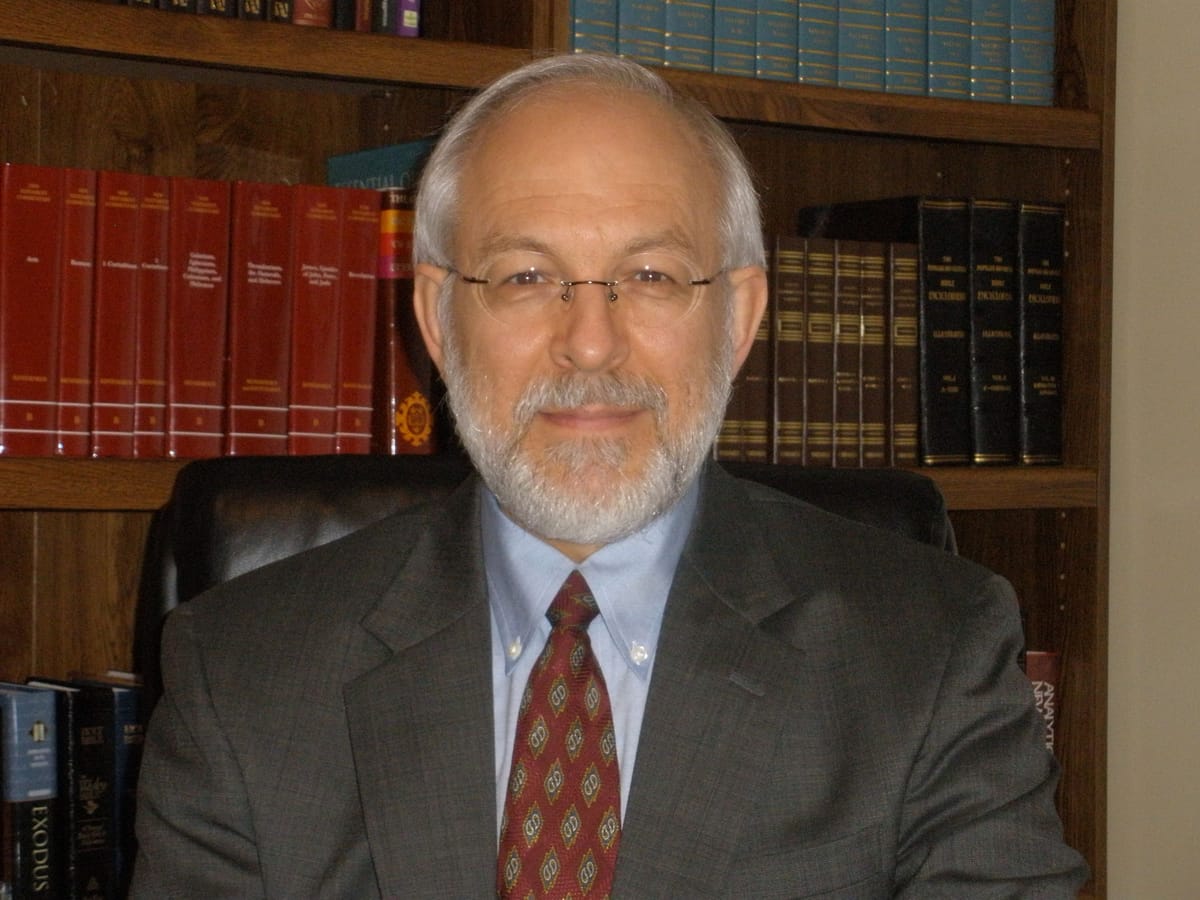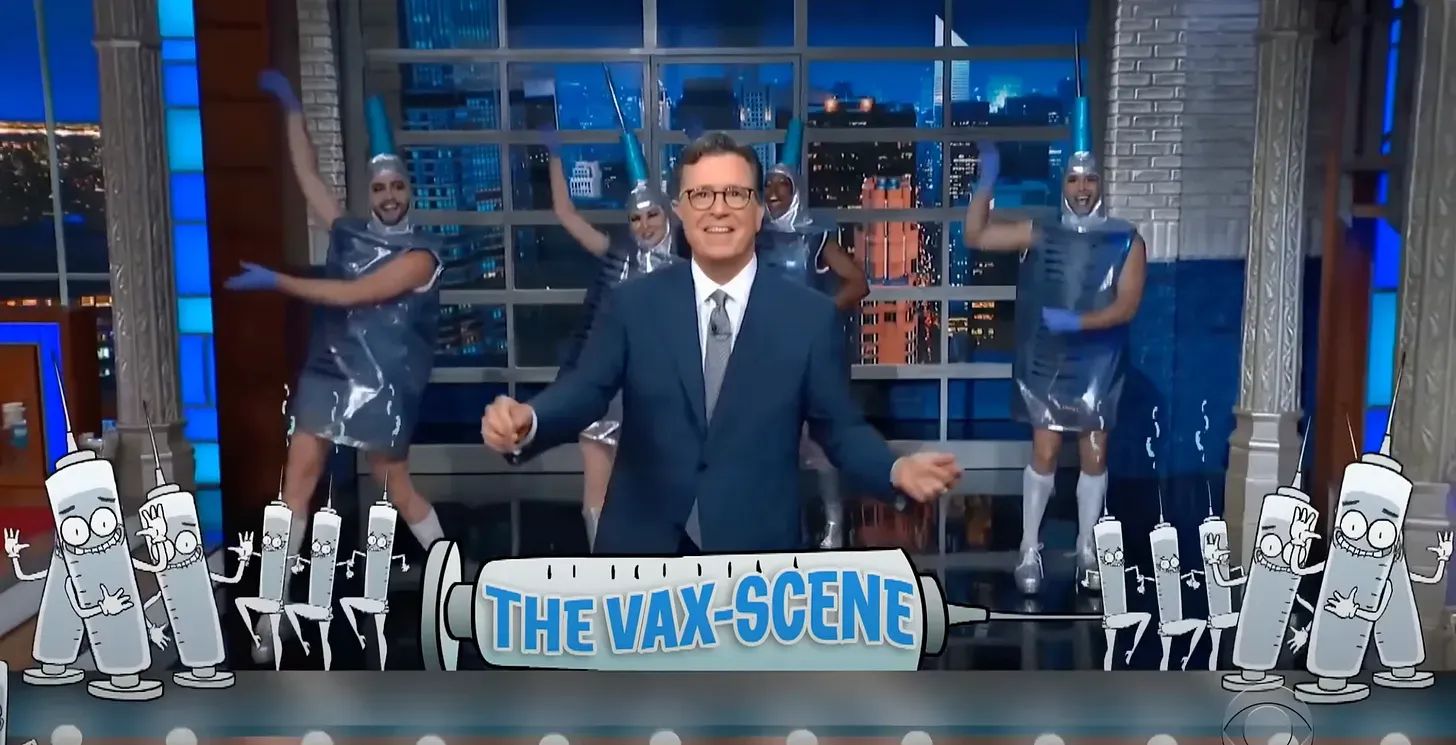Brief review for newer readers: I had surgery on July 15th for removal of four gall stones blocking my bile duct. Late the next day, I was discharged from the hospital, but not before they had drawn blood for a final in-house Comprehensive Metabolic Panel and a CBC with Differential.
The next Monday, July 21st, I had a follow-up visit with my Primary Care Physician’s (PCP) PA (Physician’s Assistant), named Brooke. Since there were quite a number of parameters in the blood tests that were elevated and/or out of the normal range, they drew blood again.
I was scheduled for my annual physical and saw him (my PCP) on August 6th. This time the blood characteristics that were out-of-normal range were down to about three, and liver-related. We discussed the out-of-normal areas and he suggested we have another look at the blood in a couple weeks or a month at most.
Wanting to have more time for herbal remedies and other dietary changes to work, I agreed to another visit for a nurse to draw blood on September 3rd (yesterday). The male nurse, Israel, greeted me and we talked college football as he prepared my arm for the needle insertion and blood draw. The guy is a real pro!
No, not the Buckeyes (yet), but Israel. I can honestly say that I did not feel even the slightest pinch because I was surprised when he announced that he was done. (I was not looking at his work, as I have noted in previous blogs.)
Later yesterday afternoon, I received notification that the results were in. My PCP had reviewed them and his message was “Great news. Liver numbers back to normal. No concern on lab [results].”
So, I am praising God and I thank all of you who have kept me in special prayers during this experience.
Now to a related topic. Readers may remember that among the blogs I posted shortly after my discharge was one about “Needle Dread.” As I was preparing this update today, what a coincidence that Dr. Robert Malone’s Substack post today is about scientific research that has been done on people who have a fear of needles.
One of the possibilities is based on early childhood trauma—which I related to immediately. I thought many readers might find Malone’s piece helpful and informative. Here are a few excerpts, and below the excerpts is the link to the complete article on Substack. We have not added any emphasis or comments.
QUOTE:
Needle Phobia and Early Childhood Trauma
Not all long term adverse events are physical, some are psychological. It is most likely the most common phobia in the USA - and yet no one speaks of it.
For some who suffer from needle phobia, the fear is so intense that they avoid doctors and dentists altogether, to the point where they will completely avoid any visit that might include a needle stick.
The issue is so prevalent that fainting from a needle stick is the cause of over half of the emergencies in dental offices (1).
Needle phobia affects at least 10% of the population, and yet has only recently been classified as an affliction. Since individuals with this condition often avoid medical treatment, it can pose a major obstacle in healthcare. The cause of needle phobia stems from a vasovagal reflex that causes a shock-like response when a needle puncture occurs.
For some, the fear is so intense that they will completely avoid any doctor’s visit that might include a needle stick.
Although many in the medical field used to believe that this was an inherited reflex, there is little evidence to support that hypothesis, which is based on the idea that humans are evolutionarily conditioned to fear puncture and cutting injuries. Countering that narrative is the fact that needle phobia often develops only after repeated exposure in children.
That an ever larger percentage of the population, particularly younger people, are now needle-phobic. It is now generally accepted that needle phobia is due to an early-life traumatic event, often associated with vaccine administration. …
As the vaccine schedule has both increased in scope and the number of injections given at a very early age has skyrocketed, it can be surmised that needle phobia is increasing in the general population in the United States, following along with the increasingly aggressive vaccination schedule.
Needle phobia generally starts in very young children, and only increases with each traumatic event. By the age of two, a child in the USA receives almost 30 shots. …
A Canadian study of over one thousand children found that 63% of those born in 2000 or later now fear needles. In a 2017 study, this increase in prevalence was again quantified. Half of preschoolers who got all their boosters on the same day, with often four or five injections all at once, were severely afraid of needles years later. …
A simple shot in a child’s arm at a vulnerable age or mindset, or maybe repeated shots, could cause real psychological damage. The extent of which isn’t being measured.
A Shot in Every Arm.
A child who follows the CDC vaccination schedule from birth until adulthood typically receives between 54 and 60 vaccine doses by age 18, depending on the combination of vaccines used. …
So many questions remain unanswered.
- What is the long-term mental health consequences of this aggressive vaccination regime?
- What percentage of people with needle phobia, became that way due to vaccination at vulnerable age points?
- Research has shown that children develop needle phobia during specific age brackets. What are those age brackets?
- What is the percentage of people who have suffered a significant health event or even death because of needle phobia?
- How many people are so shamed by their fear of needles that they can’t share this fear with their physicians, instead avoiding medical treatments altogether?
- Isn’t it time that government officials faced up to the fact that we don’t have the answers that they need to make informed decisions being made in the name of public health, that may actually be causing real harm.
END QUOTE
Here the full article: Needle Phobia and Early Childhood Trauma. My excerpts above are not even a quarter of Dr. Malone’s post on Substack.
~END~




